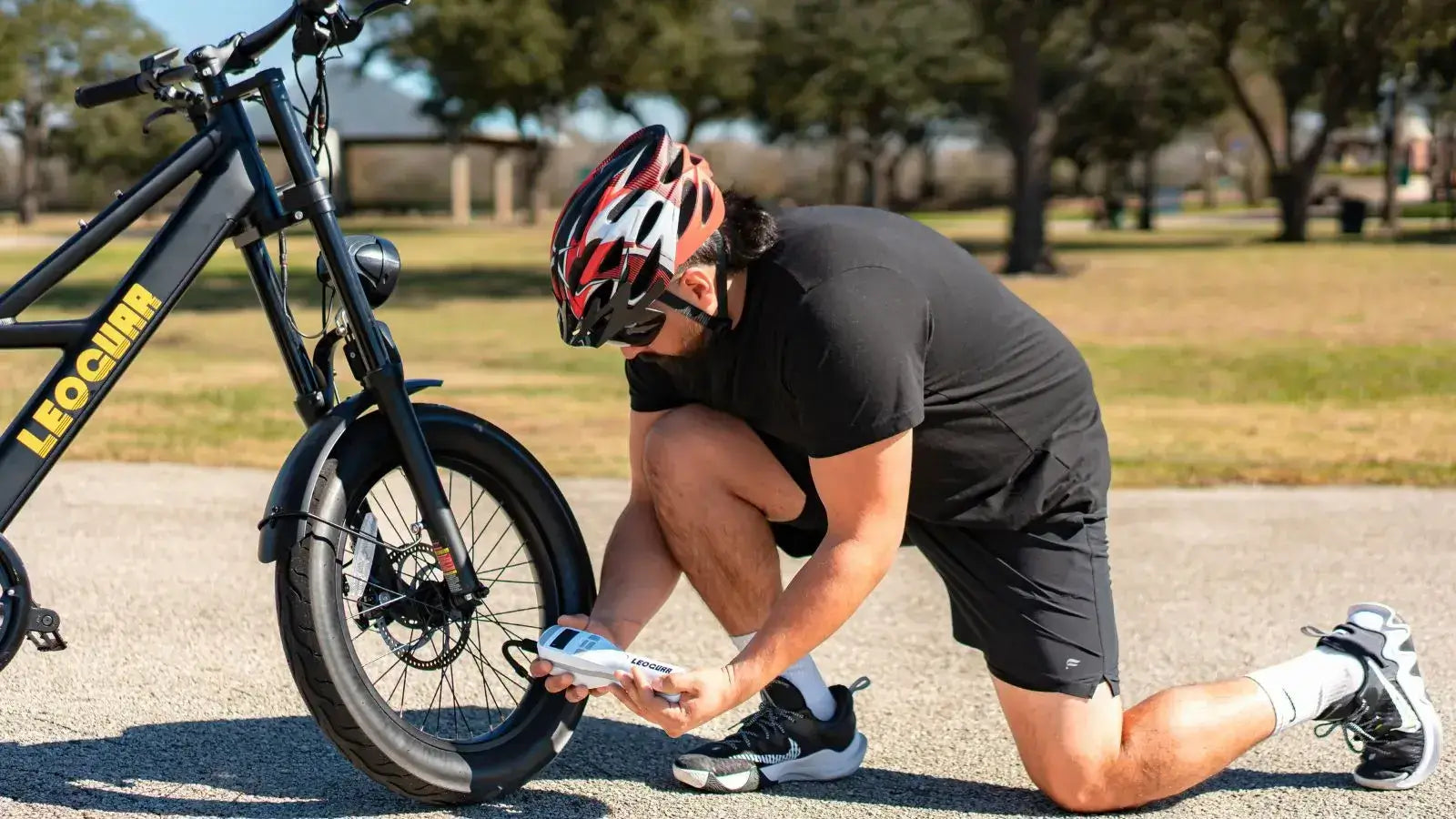
Electric Bicycle Air Pump vs Manual: Best Choice Guide
The Quick Answer: A Head-to-Head Comparison
For those who want a fast, scannable overview, we've broken down the core differences. This table gives you an immediate look at the trade-offs between an electric bicycle air pump and a traditional manual pump, helping you form an initial opinion before we dive deeper.
| Feature | Electric Air Pump | Manual Air Pump (Floor & Mini) |
|---|---|---|
| Speed & Effort | Fast & Effortless. Set your desired PSI and let the pump do the work. Ideal for quick top-ups. | Requires Physical Effort. Speed depends on user strength and pump type; can be tiring for high PSI tires. |
| Precision & Accuracy | Very High. Features a digital gauge with an auto-stop function, ensuring exact pressure every time. | Varies. Floor pumps have good analog gauges. Mini-pumps often lack a gauge, relying on feel. |
| Portability & Weight | Highly Portable. Compact, but can be dense due to the battery and motor. Weights range from 130g to over 600g. |
Floor: Not portable. Mini: Extremely portable and lightweight, easily fits in a jersey pocket or saddle bag. |
| Reliability & Power | Dependent on Battery. Must be kept charged. A dead battery means a useless pump. Battery life varies by model. | Always Ready. Unbeatable reliability. Powered by you, it works anytime, anywhere, with no charging needed. |
| Cost | Higher Initial Investment. Prices typically range from $50 to over $120 for quality models. | Lower Cost. Quality mini-pumps are affordable, and floor pumps are a one-time investment for home use. |
| Best Use Case | Pre-ride pressure checks, riders with limited physical strength, tech enthusiasts, and precise pressure tuning. |
Floor: Home maintenance. Mini: On-the-road emergency flat repairs, bikepacking, and long-distance touring. |
Why Go Electric?
The rise of the electric bicycle air pump marks a big shift in cycling accessories. For years, the choice was between a tiring manual mini-pump or a wasteful single-use CO2 cartridge, but today, compact electric pumps offer a compelling third option that blends convenience with performance.
Unmatched Convenience and Speed
The primary advantage of an electric air pump for cycle and bike is its sheer ease of use. Instead of hard manual labor, especially when trying to reach the high pressures of road bike tires, you simply connect the hose, set your target PSI on a digital screen, and press a button. Models from leading brands like Cycplus, Fumpa, and Leoguar can inflate a tire from flat to 80 PSI in under a minute.
This is a game-changer for pre-ride top-ups, making sure you roll out with the best pressure for every single ride, which directly impacts how well your bike works, grips, and feels comfortable.
Precision That Matters
Proper tire pressure is one of the most critical and overlooked aspects of bike performance. An electric pump gets rid of the guesswork. The built-in digital gauge provides a precise reading, and the auto-shutoff feature stops inflation exactly at your pre-set pressure. This level of accuracy is difficult to achieve with the analog gauges on most floor pumps and nearly impossible with a gauge-less mini-pump. For serious road, gravel, or mountain bikers who adjust pressure for different terrains, this precision is invaluable.
More Than Just a Pump
Many modern electric pumps are designed as multi-functional gadgets. It's common to find models that have a bright LED flashlight with multiple modes (including SOS) and a USB output that allows them to function as a power bank to charge your phone or bike computer in a pinch. This versatility makes them a valuable addition to any cyclist's toolkit, especially for commuters and e-bike owners who already embrace tech in their ride.
The Enduring Case for Manual
While the new tech is impressive, the humble manual pump remains a staple for good reason. Its design has been refined over decades, resulting in a tool that is simple, effective, and incredibly dependable.
Unbeatable Reliability
The most significant advantage of a manual pump is its absolute reliability. It has no batteries to charge, no electronics to fail, and no software to glitch. As some critics point out, the biggest weakness of an electric pump is the need to keep it charged, adding another device to your pre-ride checklist alongside your GPS, lights, and electronic drivetrain.
A manual pump, whether it's a large floor pump in your garage or a mini-pump in your jersey pocket, is always ready to go. For bikepackers, long-distance tourists, or anyone riding in remote areas without access to power, a manual pump isn't just a choice; it's a necessity.
Cost-Effective and Durable
Manual pumps are generally more affordable than their electric counterparts. A high-quality floor pump is a lifetime investment for home maintenance, while a reliable mini-pump for roadside repairs can be purchased for a fraction of the cost of a premium electric inflator. Their simple mechanical construction also makes them very durable, capable of withstanding the drops, dirt, and rough handling that are part of cycling.
Two Tools for Two Jobs
The manual pump world is split into two main categories: the floor pump and the mini-pump. A floor pump is the workhorse of home bike maintenance, offering a stable base, long hose, large air chamber for fast inflation, and an easy-to-read gauge. A mini-pump is its on-the-road counterpart—small, lightweight, and designed for emergency use to get you home after a flat. Together, they form a complete and fail-safe inflation system.
A Deep Dive into Key Features
When choosing between an electric and manual air pump for your cycle and bike, understanding the details of key features will help you make an informed decision.
Portability and Weight
Portability is where the lines begin to blur. A floor pump is not portable. A manual mini-pump is the champion of portability, with some models weighing less than 100 grams and fitting easily into a pocket. Electric pumps sit in the middle. They are compact, often the size of a candy bar or small power bank, but their internal batteries and motors make them denser than a mini-pump.
Weights can range from an ultra-light 200g for models like the Leoguar Manual Air Pump to a more substantial 450-600g for more powerful units. For a rider counting every gram, a manual mini-pump is still the lightest option.
PSI and Inflation Speed
Different bikes require different pressures. Road bikes need high pressure (80-120 PSI), while mountain and gravel bikes use lower pressure but have higher volume tires. An electric bicycle air pump excels at reaching high pressures with no effort.
Many are rated up to 150 PSI. However, their small size means they can be slower at filling high-volume MTB tires compared to a high-volume manual pump. On the other hand, using a high-pressure manual mini-pump on a large MTB tire can be an exhausting workout. A good floor pump handles both tasks with ease, but it isn't portable.
Power and Charging
For an electric pump, the battery is everything. Most modern units use USB-C for convenient charging. The key metric to look for is how many tires it can inflate on a single charge. A quality pump should be able to inflate at least two road tires from flat or top up several more. The constant worry, however, is arriving at a flat with a dead pump. This is a non-issue for manual pumps, which are powered by elbow grease and are infinitely reliable in this regard.
Valve Compatibility
Bicycle tires primarily use two valve types: the slender Presta valve (common on road and high-performance bikes) and the wider Schrader valve (like a car tire, common on hybrids, cruisers, and some mountain ebikes).
The good news is that nearly every modern pump, both electric and manual, is designed to work with both. They achieve this through either a dual-head design or a reversible chuck. Always double-check compatibility, but it's rarely an issue with reputable brands.
Which Pump Is Right For You?
The best pump is the one that fits your riding style. There is no single answer, so let's break it down by rider type.
The Everyday Commuter and E-Bike Owner
For commuters and e-bike owners, convenience is king. An electric pump is a fantastic tool for the garage or backpack. It makes the crucial weekly tire pressure check a quick, painless task.
E-bike owners, who are already used to managing batteries, will find an electric pump fits perfectly into their tech-forward system. The higher volume tires on many e-bikes can be a chore to inflate manually, making an effortless electric pump an especially attractive upgrade.
The Serious Road and Gravel Cyclist
These riders live and die by tire pressure. The precision of an electric pump is a massive benefit for dialing in the perfect PSI for race day or changing terrain. The ability to set pressure to a tenth of a PSI and have it stop automatically is a pro-level feature now available to everyone. While many will use an electric pump at home, they may still carry a super-light manual mini-pump or CO2 cartridge on the ride as a fail-safe backup.
The Bikepacker and Tourer
For the self-supported adventurer, reliability trumps all else. When you are days from the nearest power outlet, a battery-dependent device is a liability. The manual pump is the undisputed champion for bikepacking, touring, and any form of remote riding. A sturdy, field-serviceable manual mini-pump is a non-negotiable piece of essential gear for these cyclists.
Our Recommendations
After extensive testing and research, we've identified top performers in each category. We believe in choosing the right tool for the job, not just the newest one.
Best Overall Electric Pump
For a model that perfectly balances size, power, and battery life, we look towards pumps like the Leoguar Wireless Tire Inflator Pump or similar units. These devices are compact enough for a large saddle bag, powerful enough for high-pressure road tires, offer precise digital control, and have enough battery for multiple inflations. They represent the peak of convenience in today's market.
Best Budget Electric Pump
You don't need to spend over $100 to get a reliable electric pump. Brands like Air Bank and others offer models that provide most of the core benefits—digital display, auto-shutoff, and USB charging—at a more accessible price point. They may be slightly larger or have a smaller battery, but for home use and occasional carry, they offer tremendous value.
Best Manual Floor Pump
For home maintenance, nothing beats the efficiency and reliability of a great floor pump. The Topeak JoeBlow Sport is a perennial favorite and a benchmark for a reason. Its durable steel construction, stable base, long hose, and easy-to-read gauge make it a tool that will serve you faithfully for decades.
Best Manual Mini-Pump
For on-the-road emergencies, a lightweight and effective mini-pump is crucial. The Lezyne Grip Drive HV (High Volume) is an excellent example. It's compact, robustly built from aluminum, and features a flexible hose that protects your valve stem from damage during frantic roadside pumping—a small but critical detail.

Final Verdict
The debate between an electric bicycle air pump and a manual pump isn't about which is better, but which is better for you. The electric pump offers undeniable convenience, speed, and precision, making it a fantastic tool for pre-ride checks and for riders who value effortless operation. It's a modern luxury that makes maintaining optimal tire pressure easier than ever.
However, the manual pump, in both its floor and mini forms, remains the pinnacle of reliability. It will never let you down due to a dead battery, making it the essential choice for emergency preparedness and off-grid adventures.
Our advice? Consider owning both. Use a fast, precise electric pump or a sturdy floor pump for your regular maintenance at home. But always have a lightweight, reliable manual mini-pump in your saddle bag or jersey pocket for the unexpected. That way, you get the best of both worlds: modern convenience for your daily routine and bombproof reliability when you need it most.
Frequently Asked Questions
1. Q: How long does it take to charge an electric bicycle air pump?
A: Most electric pumps take 2-4 hours to fully charge via USB-C. Battery life varies by model, but quality pumps can inflate 2-4 road bike tires from flat on a single charge.
2. Q: Can electric pumps work with both Presta and Schrader valves?
A: Yes, nearly all modern electric and manual pumps are designed to work with both valve types through dual-head designs or reversible chucks. Always verify compatibility before purchasing.
3. Q: Are electric pumps reliable for long bike tours?
A: Electric pumps depend on battery power, making them less ideal for remote touring where charging isn't available. Manual pumps are more reliable for bikepacking and long-distance touring.
4. Q: What PSI can electric bicycle air pumps reach?
A: Most quality electric pumps can reach 120-150 PSI, which is sufficient for road bikes. However, they may be slower at filling high-volume mountain bike tires compared to manual floor pumps.
5. Q: Should I replace my floor pump with an electric pump?
A: Not necessarily. Floor pumps excel at home maintenance with their stability, large air chamber, and durability. Electric pumps are better as portable options or for riders who want effortless operation and precise pressure control.































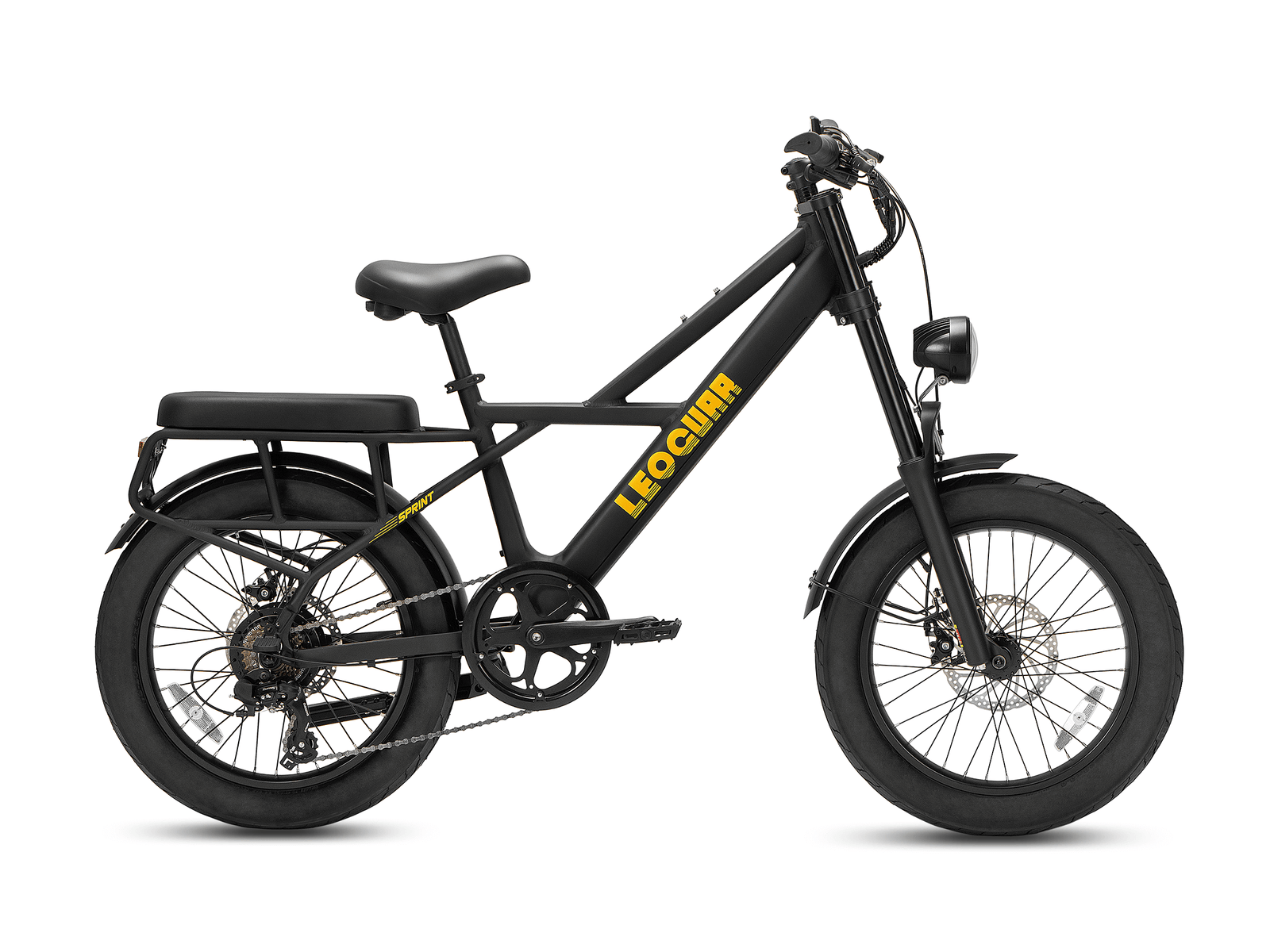
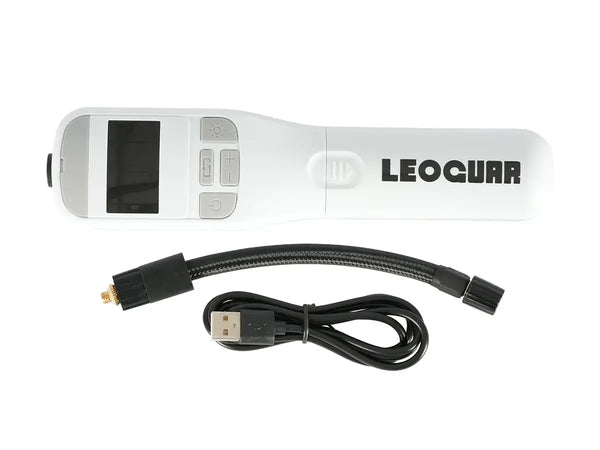
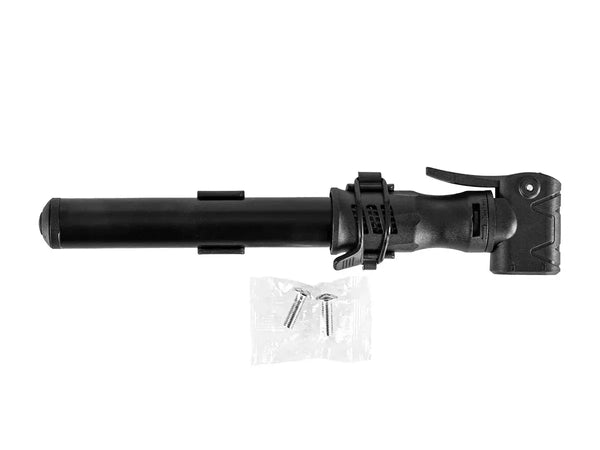
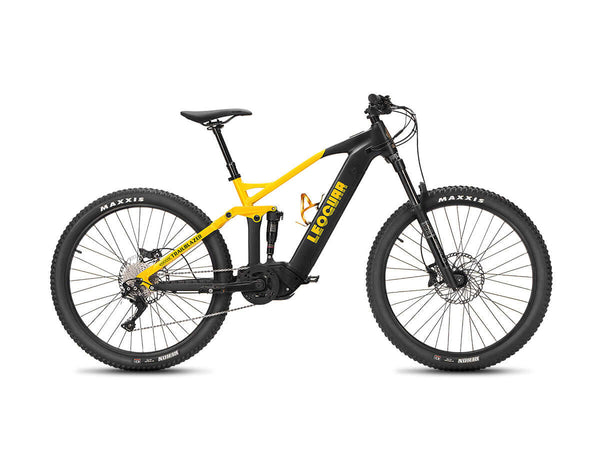








Leave a comment